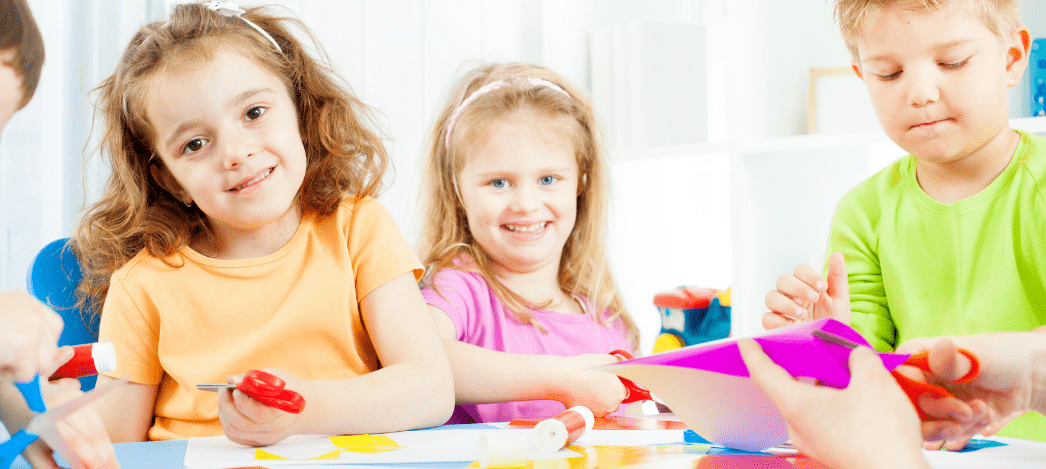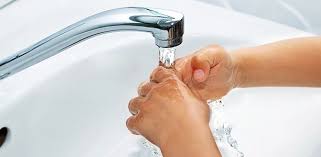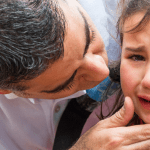
Pre-school teachers across the globe use creative techniques like these to help their students calm down so learning can take place. Not only do teachers need clever classroom management strategies up their sleeves, but they also need to make sure their classroom is a safe place that promotes learning.
A well-organized classroom that has safety procedures in place not only makes students feel more secure but also shows parents their children are being well cared for.
Tactics for Preschool Classroom Safety:
Preschool classroom safety tips:
- Keep dangerous supplies out of reach
Scissors, bulletin board tacks, glue – all things that shouldn’t be easily accessible for preschool-aged kids. Make sure to keep any sharp objects, choking hazards, poisonous materials and other potentially hazardous supplies on a high shelf or locked away in a cupboard.

- Wash your hands
Regular hand washing is a standard procedure for most classrooms, but it’s also one that many preschoolers haven’t fully grasped yet. Set a good example by getting in the habit of properly washing your hands yourself. Be sure the water is warm but not too hot for that delicate pre-schooler skin. Make hand washing a typical part of your daily routine before and after mealtimes, after bathroom breaks and during other messy moments in the day.
- Be prepared for injuries. Have at least one person with up-to-date training in first aid and cardiopulmonary resuscitation (CPR) on-site at all times.
- Check for drawstrings around the hood and neck of children’s outerwear and clothing. Recommend to parents that they purchase clothing using fasteners, such as snaps, zippers, and hook and loop fasteners (such as Velcro).
- Teach children how to properly use scissors and other supplies.
- Make sure all electrical outlets contain safety caps.

- Watch toddlers when using natural environmental play materials like water, sand, earth, plants, and flowers to keep them from putting these materials in their mouth. Teach children that only food should be put in the mouth.
- Check all games and puzzles for possible choking hazards.
- Teach children how to use playground equipment safely (such as going down the slide feet first).
- Ensure that all indoor and outdoor play equipment suits children’s ages and developmental abilities.
Teach children to practice safe and appropriate behaviour and to know and use designated play areas.






No comment yet, add your voice below!